
Ali Qapu – Part 2
Mohammad2020-03-31T09:02:46+00:00Ali Qapu
The royal staircase, added during the rule of Shah Abbas II, is 1.4 m wide and has 118 steps; this staircase was used during the monarch’s public receptions. The first two floors of the present structure totally lack the ornamentation because little has survived the vandalism of visitors to the palace immediately after the Islamic Revolution. Only a pattern of the fine curtains – the conspicuous feature of all Safavid palaces – is discernible on the dados. However, visitors might try to imagine how beautiful the palace was when the niches of its walls were filled with china and porcelain wares (indispensable features of the interior decor during the Safavid period). when each room had a fireplace, and when the windows were curtained with heavy cloths to prevent cold air from penetrating the palace.
Another flight of stairs brings the visitor to the veranda, definitely one of the main highlights of Ali Qapu. Apart from its beauty. it offers a superb view of the city, including the best vista of the Royal Mosque. The veranda is 28 m long. 16 m wide. and about 12 m high. Its wooden ceiling. which is gilded and painted, is divided into rectangles as if to mirror the pool underneath. It is supported by eighteen slender columns with elaborately carved capitals. The columns are organized in three rows, each with six columns. Each pillar is cut from a single trunk of a plane tree. During the Safavid period, the pillars were sheathed in mirrors to give the impression that the roof was floating in the air. During the last restorations, the columns were reinforced with metal rods and clamps. A remarkable pool in the middle of the veranda is faced with copper plates and has a fountain. During the Safavid festivities, the pool was filled with water. which was raised here by means of hydraulic machines if for some reason, the pumping system failed, the water was brought here by a bucket-wheel).
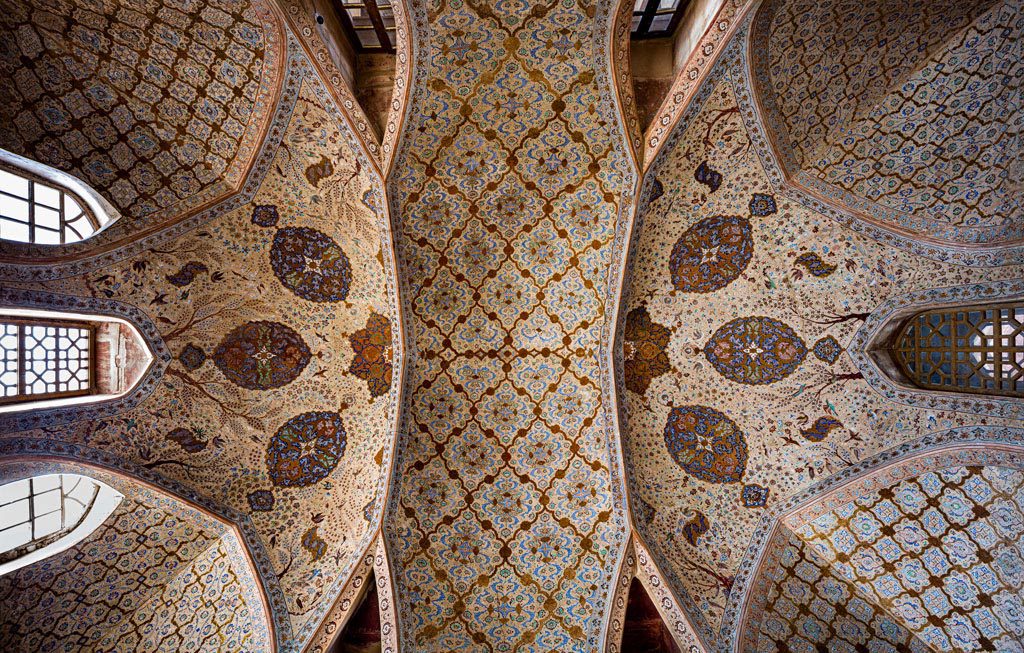
From the veranda – often shut off at the sides by sumptuous curtains – the Safavid kings and their foreign guests used to watch the polo games. fireworks, and the military shows going on in the square below. Just above the entrance to the veranda. the only original window that has survived in the palace exhibits very attractive fretwork.
Leading away from the veranda is the Throne Hall 4, the most sumptuously decorated room of the building. The paintings, executed by Reza Abbasi and his skilled students, are magnificent, particu-lady on the ceiling. where brilliantly plumed birds are depicted. Some of the European-style miniatures here (unfortunately, they have been badly damaged) are attributed to Sir Robert Shirley. an English freelance diplomat in the service of Shah Abbas J.
The upper story of the palace is occupied by the Music Chamber 5, What makes this hall particularly remarkable is the amazing stuccowork aimed to enliven the area and perhaps even to enhance the acoustics of the room. The walls of this hall are lined with a partition-wall of plaster curiously pierced (as if fret-sawed) in the shapes of common utensils – dishes. Plates, bottles and flasks. The small ceiling cupolas, the keystones of the vault that separate them, and the pendentives that connect them to the walls have been pierced in the same manner. The Music Chamber reminds one of the Mausoleum of Sheikh Safi al-Din in Ardabil. However, if in Ardabil the plaster niches served as shelves for chinaware, the hollow plasterwork in the Music Chamber was made to created echoes for the musical instruments, thus improving the acoustics.
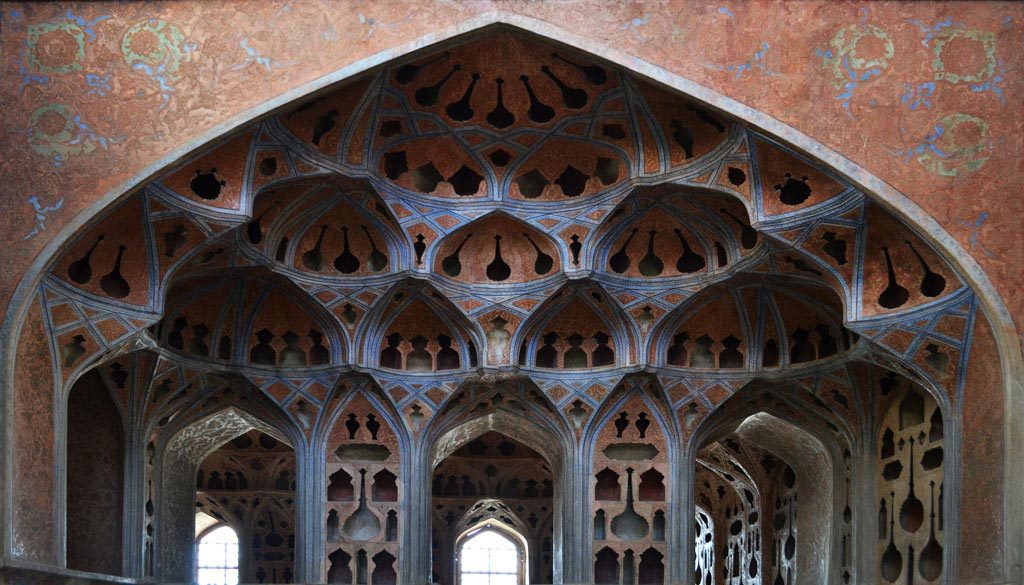
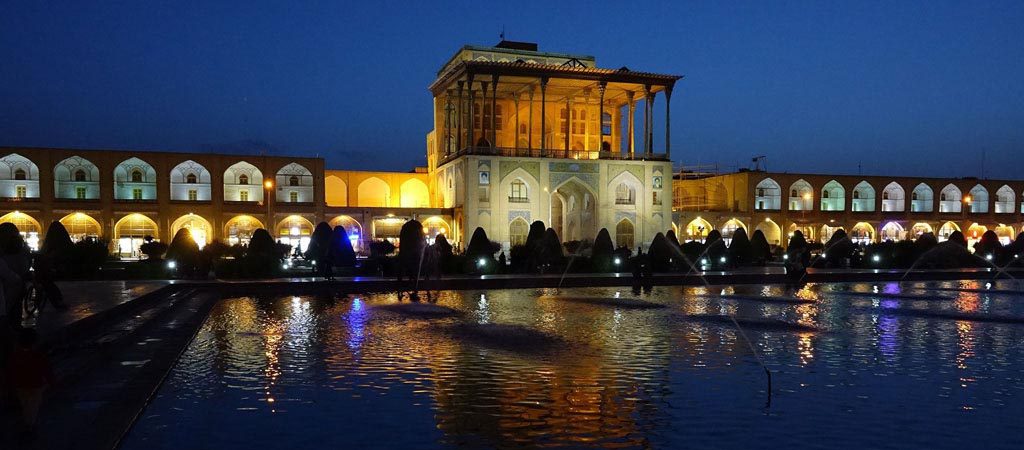
The balconies in the corners of the Music Chamber were occupied by the musicians who performed music for royal guests. Whereas most of Ali Qapu’s decorations have been badly mutilated, the balconies, which were inaccessible to barbarous hands, have preserved their remarkable paintings completely intact.
The building was slightly remodeled during the reign of Shah Sultan Hossein Safavid. In the late 19th century, most of the building’s remarkable decorations were puttied with a layer of plaster. Fortunately, the restorers uncovered the original, painted layer of the surfaces and were able to repair the decorations, at least on the building’s upper floors. However, though largely stripped of its embellishments, Ali Qapu is still one of the most charming of all the city’s architectural treasures.
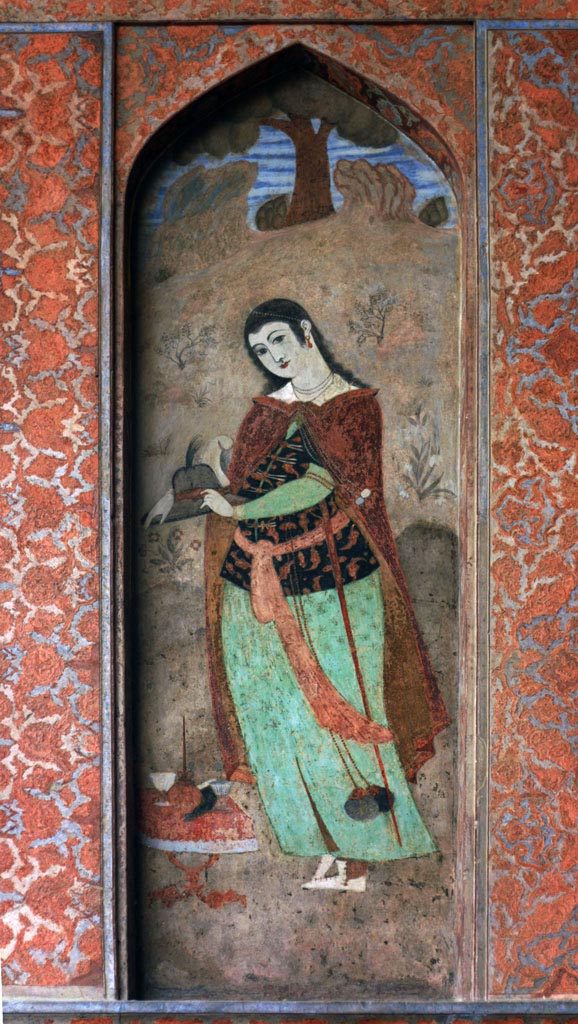
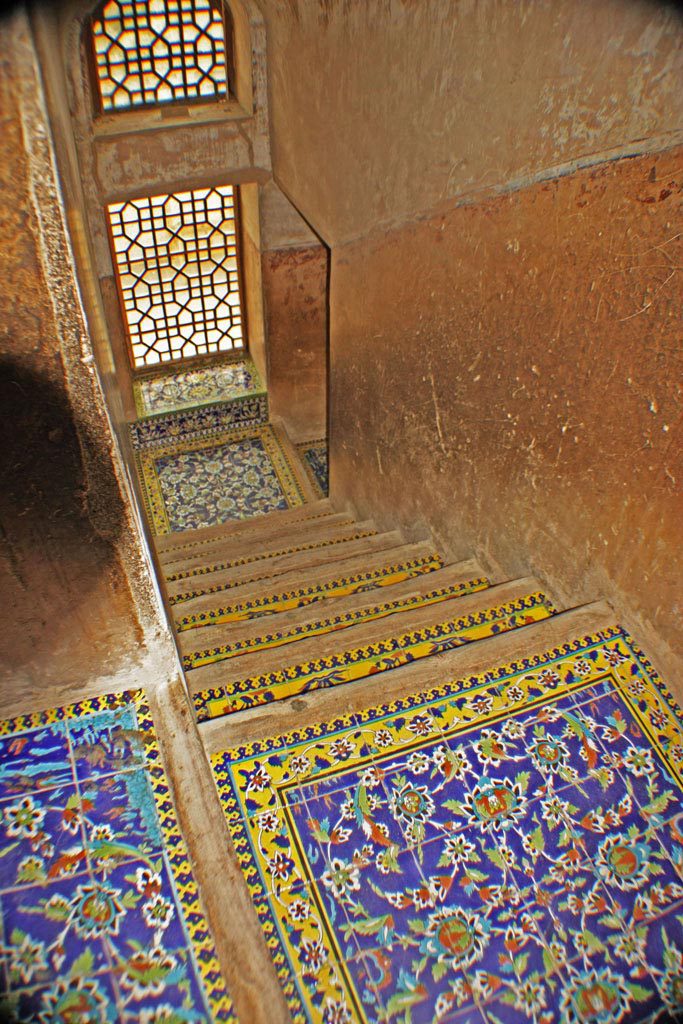
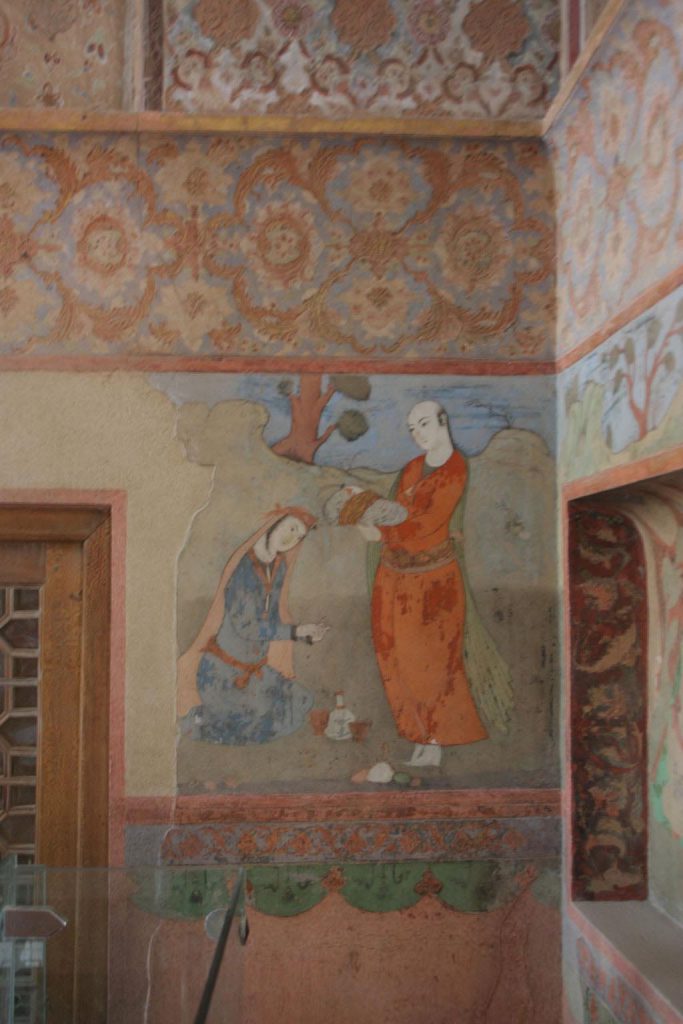
Vipemo Products
-
Firooze Koobi, Firooze Koobi, Jug
Sake Jug – Turquoise Inlaying – Size 2
5.00 out of 5€1,524.00€1,200.00Add to cartQuick View -
Candy Dish, Firooze Koobi, Nut Bowl Dish, Sugar/Candy Pot
Candy/Nuts Bowl Dish – Size 7
0 out of 5€1,500.00€1,300.00Add to cartQuick View -
Candy Dish, Firooze Koobi, Nut Bowl Dish, Sugar/Candy Pot
Candy/Nuts Bowl Dish – Size 1
€182.000 out of 5Add to cartQuick View -
-
-
-
-
-



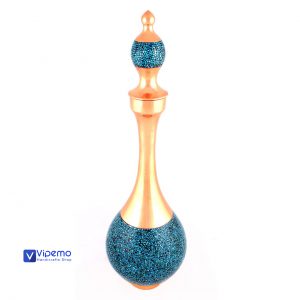

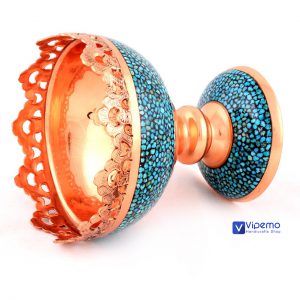

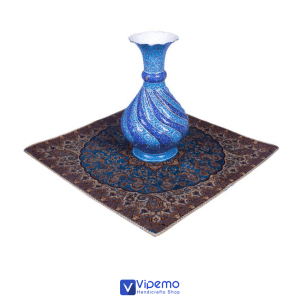
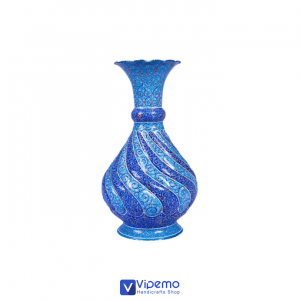
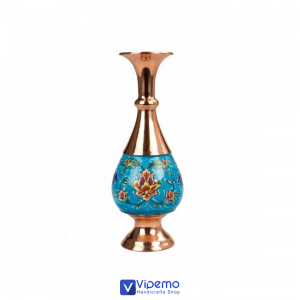
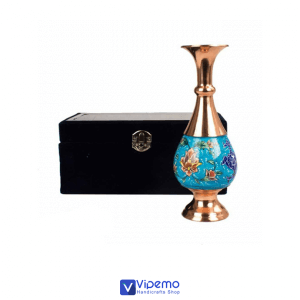






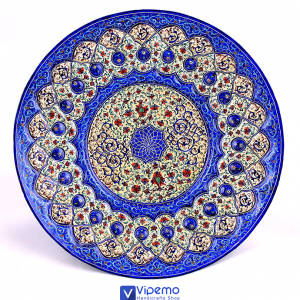
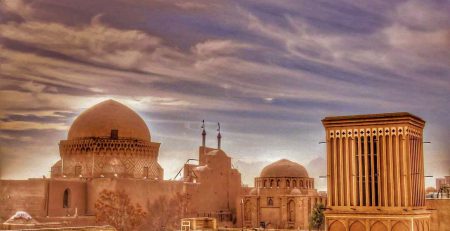
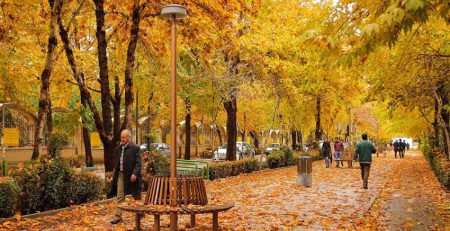
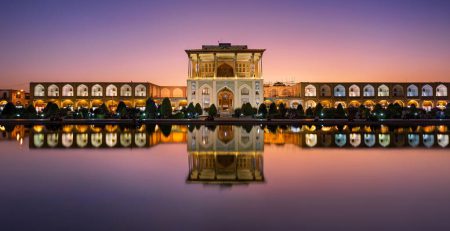
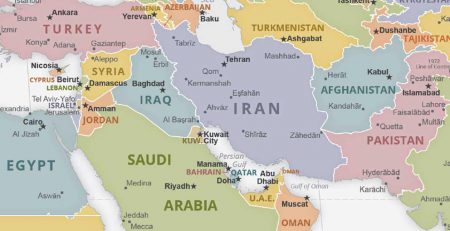
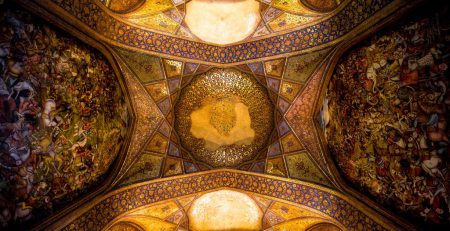
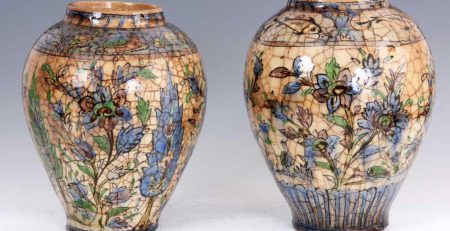
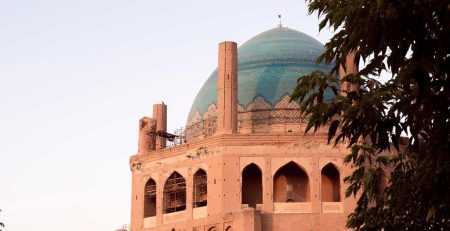
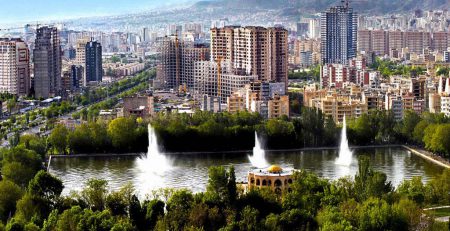
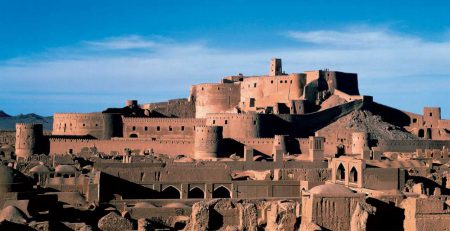
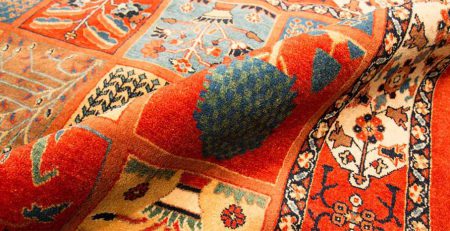
Leave a Reply